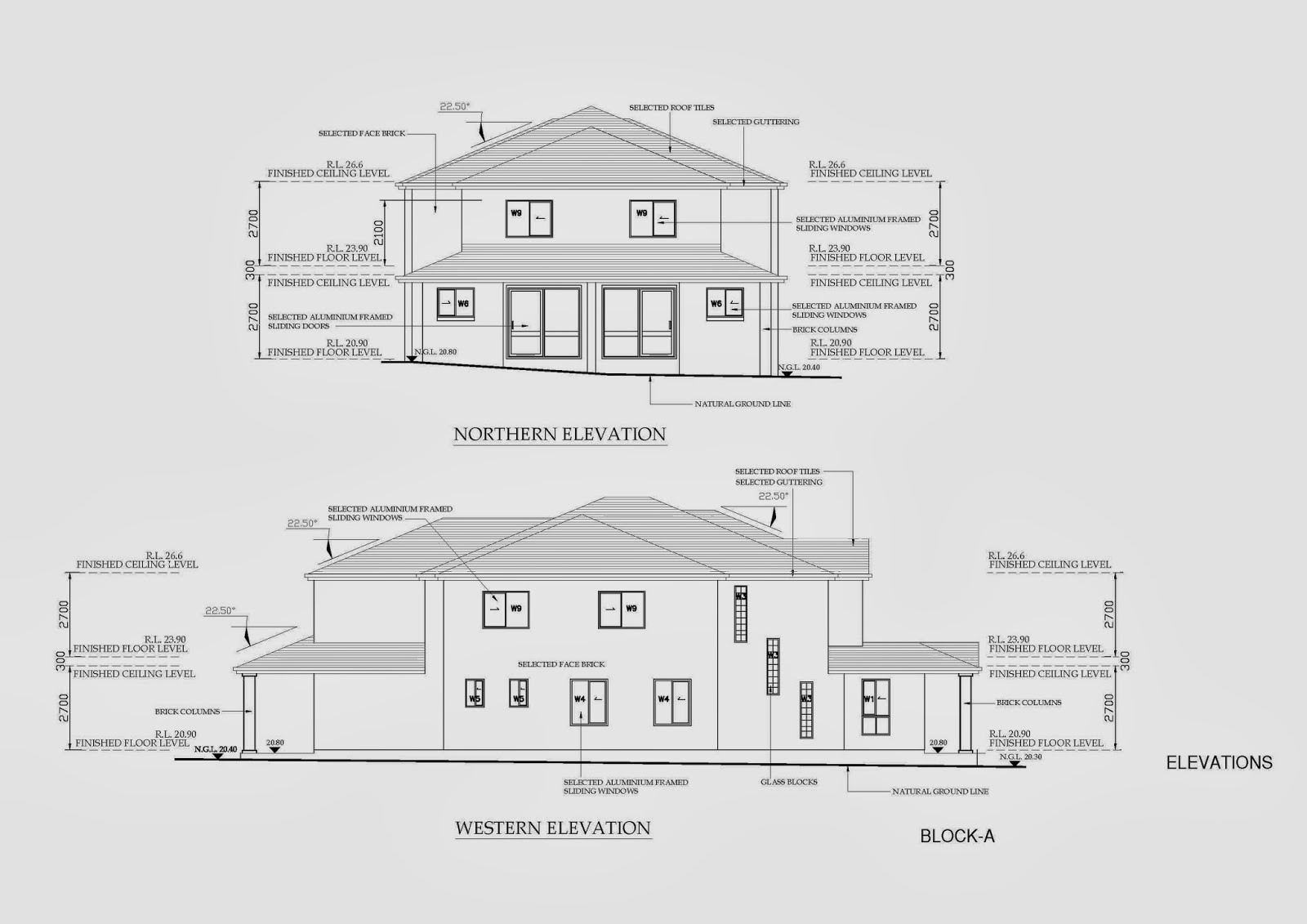Building Right Down Under: Navigating Australian Construction Standards

Ever wondered how buildings in Australia manage to withstand extreme weather conditions and remain structurally sound for decades? The secret lies within the framework of Australian construction standards. These regulations are not just bureaucratic hurdles; they are the backbone of safe, durable, and high-quality construction across the country. Understanding and applying these standards is crucial for anyone involved in the building process, from homeowners planning renovations to large-scale developers.
Australian Standards, often referred to as "AS," offer a comprehensive set of guidelines covering every facet of construction. They dictate everything from the strength of materials used to fire safety measures and accessibility requirements. Think of them as a blueprint for building excellence, ensuring that structures meet stringent quality and safety benchmarks. Ignoring these regulations can lead to significant problems, including structural failures, legal issues, and diminished property value.
The history of Australian construction standards dates back to the early 20th century, evolving alongside the country's growing construction industry. Initially, these regulations were fragmented and varied between states. The need for a unified national approach led to the establishment of Standards Australia, the peak non-government organization responsible for developing and maintaining these crucial guidelines. The organization collaborates with industry experts, government bodies, and consumers to create standards that reflect best practices and address emerging challenges.
The importance of complying with Australian building codes cannot be overstated. These regulations are designed to protect life and property by ensuring buildings are structurally sound, resistant to fire and other hazards, and accessible to all. They also promote sustainable building practices, contributing to a more environmentally responsible construction industry. By adhering to these guidelines, builders and developers contribute to the overall safety and well-being of the community.
However, navigating these building regulations can sometimes be complex. Keeping up with updates and amendments, understanding the specific requirements for different project types, and ensuring consistent application across all stages of construction can present challenges. Therefore, having a clear understanding of the resources available and seeking professional advice when necessary are crucial steps in achieving compliance and building to the highest standards.
One key benefit of adhering to Australian construction standards is increased safety for occupants and the public. For example, AS 1684 provides comprehensive guidelines for residential timber framing, ensuring structural integrity and resistance to wind and other environmental loads. Another benefit is enhanced property value. Buildings constructed to code are seen as more reliable and durable, attracting higher market prices. Finally, compliance with these standards minimizes legal risks. By adhering to the regulations, builders and developers protect themselves from potential liabilities associated with non-compliant construction.
Advantages and Disadvantages of Australian Construction Standards
| Advantages | Disadvantages |
|---|---|
| Increased Safety | Can be complex to navigate |
| Enhanced Property Value | Can increase initial construction costs |
| Minimized Legal Risks | Requires ongoing updates and training |
Best Practices for Implementing Australian Construction Standards:
1. Engage qualified professionals: Employ architects, engineers, and builders with a thorough understanding of Australian Standards.
2. Stay updated: Regularly review and implement the latest revisions to relevant Australian Standards.
3. Maintain detailed documentation: Keep comprehensive records of all construction activities and materials used, demonstrating compliance.
4. Conduct regular inspections: Implement rigorous quality control checks throughout the construction process.
5. Seek expert advice: Consult with specialists when dealing with complex or unfamiliar aspects of the standards.
Frequently Asked Questions:
1. Where can I find the latest Australian Standards? Answer: Standards Australia website.
2. Are Australian Standards mandatory? Answer: While not always legally mandated, they represent best practice and are often referenced in building codes.
3. What happens if I don't comply? Answer: Potential legal ramifications, structural issues, and decreased property value.
4. How often are standards updated? Answer: Regularly, to reflect advancements in technology and best practices.
5. Are there specific standards for different building types? Answer: Yes, standards are tailored to various construction types, including residential, commercial, and industrial.
6. How can I ensure my builders are complying? Answer: Request documentation and conduct regular inspections.
7. What is the role of local councils in enforcing standards? Answer: Councils play a key role in ensuring compliance through building approvals and inspections.
8. Are there training courses available on Australian Standards? Answer: Yes, numerous training providers offer courses on specific standards and general construction compliance.
In conclusion, Australian Standards for construction are indispensable for ensuring safe, durable, and high-quality buildings. They provide a crucial framework for the entire building process, from design and material selection to construction and ongoing maintenance. While navigating these standards might seem daunting, the benefits of compliance – increased safety, enhanced property value, and reduced legal risks – far outweigh the challenges. By embracing these regulations and seeking expert guidance when needed, you can contribute to a more resilient and sustainable built environment while protecting your investment and the well-being of your community. Take the time to understand and apply these standards – it's an investment in the future of Australian construction.
Optimizing impeller lifespan when should you replace it
Marv levys age and enduring legacy
The art of the adult party invitation mastering the perfect phrase













